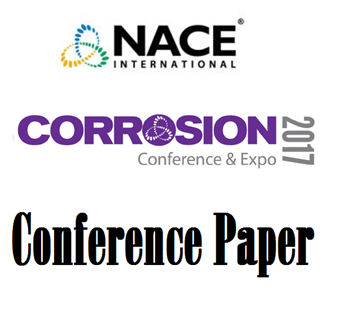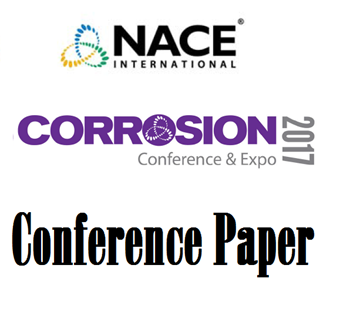Search
51317--9633-Alignment of Critical Experimental Parameters of Well Stimulation and Scale Dissolver Chemicals Corrosion Testing
Also Purchased
51314-3945-Corrosion Testing of Stimulation Acidizing Packages on High Strength Corrosion Resistant Tubing Alloys for High Pressure Deep Water Wells
Product Number:
51314-3945-SG
ISBN:
3945 2014 CP
Publication Date:
2014
$0.00
Effective Inorganic Salt Corrosion Inhibitors for Titanium Components Exposed to Dilute Hydrofluoric Acid Well Stimulation Fluids
Product Number:
51317--8978-SG
ISBN:
8978 2017 CP
Publication Date:
2017
$20.00
51317--9639-The Performance of Corrosion Resistant Ni-Cr-Mo Alloys in Concentrated Hydrochloric Acid
Product Number:
51317--9639-SG
ISBN:
9639 2017 CP
Publication Date:
2017
$20.00




